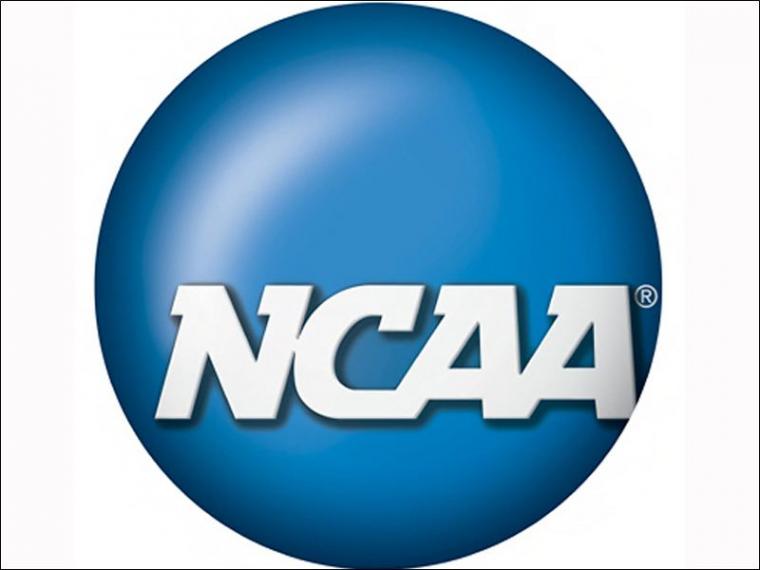Titled “45 Years of Title IX: The Status of Women in Intercollegiate Athletics,” the report uses the latest research on female participants and leaders in the NCAA to highlight progress that has been achieved in the decades since the federal law was passed and to address areas that need further improvement. It focuses on three primary areas: participation opportunities for student-athletes, resource allocations for women’s athletics programs, and leadership positions in athletics departments and conference offices.
The report was commissioned by the NCAA Committee on Women’s Athletics, the Minority Opportunities and Interests Committee, and the Gender Equity Task Force for release this week. It is the second report of its kind, building off findings shared in the first edition in 2012. Both reports were authored by NCAA Director of Inclusion Amy Wilson.
“The NCAA’s office of inclusion welcomed the directive from the membership committees that focus specifically on diversity, equity and inclusion to provide this report to our colleges and universities on Title IX’s 45th anniversary,” Wilson said. “While the NCAA does not enforce Title IX, it does provide educational resources and programming to support schools’ efforts to comply with the law. We hope the report helps our membership with future planning when it comes to making key administrative, operative and programming decisions.”
The report was developed primarily using data the NCAA routinely collects from member schools. It also incorporates research from the National Federation of State High School Associations and a longitudinal study by R. Vivian Acosta and Linda Carpenter, professors emerita at Brooklyn College, titled “Women in Intercollegiate Sport.”
Among the report’s key findings
· The number of female student-athletes is at an all-time high. Both male and female student-athletes continue to set NCAA participation records year after year, but in the 2000s, men’s participation numbers in championship sports slightly outpaced women’s.
The low representation of minority women in NCAA leadership positions has remained mostly stagnant over the past five years. In that timespan, the percentage of minority female head coaches of women’s teams has remained at just under 14 percent. Just 2.5 percent of NCAA athletics directors are minority women.
Division I has the greatest gap in spending between men’s and women’s athletics programs, with athletics departments on average spending twice as much on their men’s programs. The spending is more equitable in Divisions II and III.
Women hold about 23 percent of all NCAA head coaching, athletics director and conference commissioner positions.
Over the past five years, women have outpaced men in acquiring conference commissioner positions. In 2015-16, women held 37 of the 142 available conference commissioner positions — up from 27 in 2010-11.
“While it is very encouraging to see progress has been made over the last 45 years with respect to the federal law Title IX and opportunities for women, the data also shows that there is still much to be done to increase equity and diversity, and to create a more balanced scenario in intercollegiate athletics for our student-athletes and administrators,” said Bernard Franklin, NCAA executive vice president of education and community engagement and chief inclusion officer. “The report provides our membership and others who have influence with an up-to-date summary on where we can place our resources and support. I encourage all college presidents, athletics directors and conference commissioners to read this report and determine where their actions and voice can be best utilized in the support and progression for female administrators and our student-athletes both now and in the future.”
The report is the latest in a series of membership committee and national office-led initiatives intended to assist members with equity, diversity and inclusion efforts in their athletics departments and conference offices. The NCAA Board of Governors kickstarted those initiatives in January 2016 when it issued the “Resolution Reaffirming the Association’s Commitment to Cultural Diversity and Inclusiveness in Athletics Leadership” and later invited NCAA presidents, chancellors and conference commissioners to sign a voluntary pledge to promote diversity and gender equity in college athletics.


 In conjunction with the 45th anniversary of Title IX, the NCAA office of inclusion has released a new report on the status of female student-athletes, coaches and administrators in the NCAA.
In conjunction with the 45th anniversary of Title IX, the NCAA office of inclusion has released a new report on the status of female student-athletes, coaches and administrators in the NCAA.
There are no comments
Please login to post comments